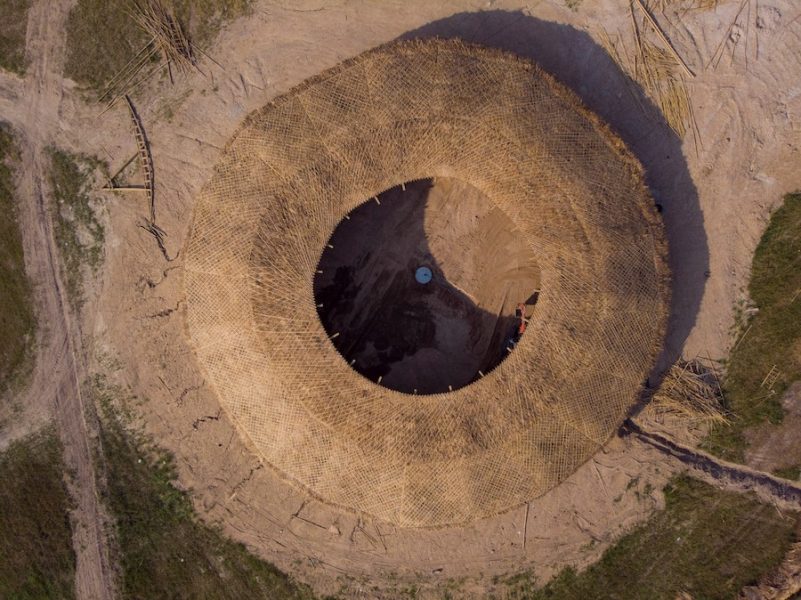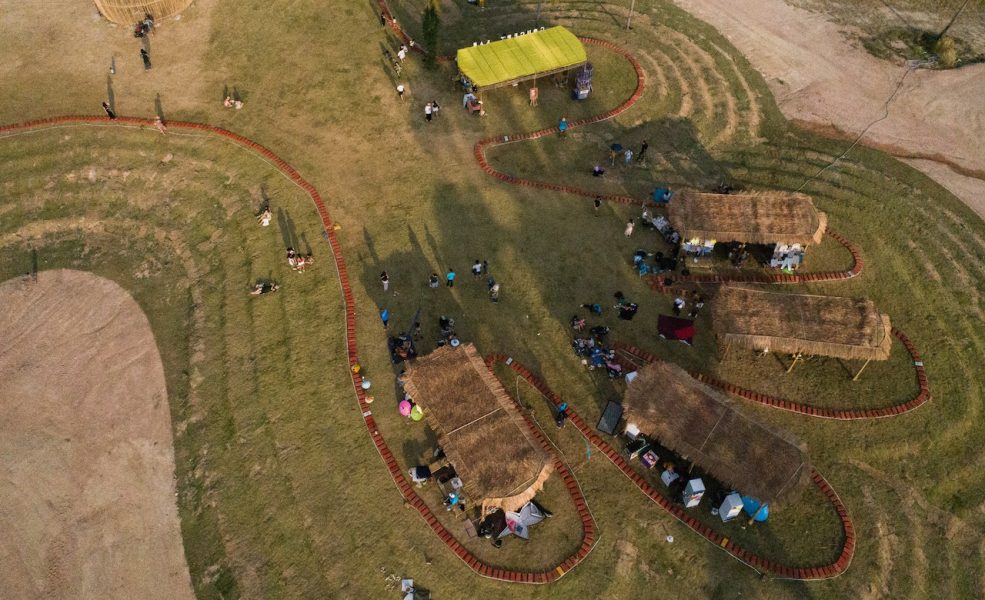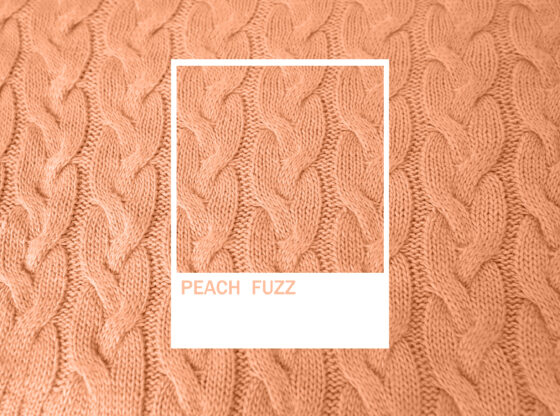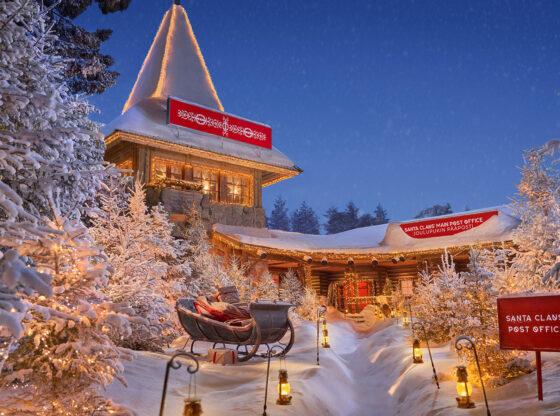![]()
Buildings are, typically, built to last. Even in temporary architecture, most structures are designed to be disassembled, and their parts kept for later use. It seems counterintuitive to build any structure that won’t stay standing, or with destruction baked into the design.
Dissolvable architecture flips that counterintuitive approach and makes it sensible, practical, and sustainable. The idea, championed by eco-conscientious architects like our friends at Ab Rogers Design, suggests that if we build in nature, from nature, then the structures should be able to return to nature once their built time is done.
In The Fields, this practise takes a few different forms. Ab Rogers Design brought a new design ethos to our site in 2018, where they created venues with dissolvability at their core. Bath House and Theatre of Feasts, each a striking and functional bamboo structure, have a lifespan that will see their component parts decompose into the environment, and their structural inserts repurposed for new visions. Eco Pavilion uses landscaping and planting to create seclusion and space, which will naturally reconfigure over time as plants grow and soil shifts.

Dissolvable architecture strikes a chord with the design ethos of Wonderfruit. For us, everything that is added to the environment, must give something to the environment it occupies. But this doesn’t always mean a structure has to break down and die to be low-impact or to give back. In some cases, materials left behind once a built form is finished can serve as supports for climbing plant species, habitats for local fauna, or even compost for the soil beneath. 2500 Bricks, a performance and sculptural installation by Elin Eyborg for Wonderfruit 2019, created sun-baked decorative barrier bricks from the soil of The Fields, which now serve as earthen mounds housing insect and plant populations.
By using local, natural materials, architects can create more with less. Dissolvable objects, structures, and insertions can be left in place to fall, crumble, and decompose—returning to the land at the end of their tenure, and leaving no scars behind. This practise has many practical future applications, outside of the confines of event spaces.

For more stories about sustainable architecture at Wonderfruit www.wonderfruit.co/wonderpost












